Are you looking to expand your textile business by exporting to the USA? The U.S. textile market is projected to grow at a CAGR of 3.1%. This presents significant opportunities for Indian exporters, particularly MSMEs and D2C brands, aiming to tap into this growing market.
However, managing the complexities of customs regulations and compliance can be tough, with many businesses facing challenges such as delayed shipments, unexpected costs, and intricate documentation processes. Are you also grappling with these issues?
This comprehensive guide is tailored for Indian exporters who wish to ship textiles to the USA. We will guide you through the essential steps. By the end of this guide, you’ll be equipped with the knowledge to streamline your indian textile export to the USA and expand your business horizons.
TLDR
- The U.S. textile market offers significant growth for Indian MSMEs and D2C brands.
- Key textile exports from India to the U.S. include garments, cotton fabrics, yarns, handicrafts, and carpets.
- U.S. textile tariffs are based on the Harmonized Tariff Schedule (HTS), requiring accurate classification.
- Essential export documents include IEC, commercial invoice, certificate of origin, bill of lading, insurance, and export declaration.
- Export steps: Obtain IEC, select freight forwarder, choose shipping method (FCL/LCL), pack goods, book freight, clear customs, track shipment, and arrange delivery.
Understanding the U.S. Textile Market
The U.S. textile market is projected to experience significant growth, with an estimated increase of $125–150 billion between 2024 and 2028. This expansion is driven by factors such as technological advancements in textile manufacturing, increasing consumer demand for high-quality textiles, and a growing preference for sustainable materials.
India plays a significant role in this market as a leading exporter of textiles and apparel. Did you know India recorded its highest-ever textiles and apparel exports in the financial year 2021-22 at USD 44.4 billion? The U.S. imports a diverse range of textile products from India, including woven and knitted apparel, home textiles, and technical textiles.
Top Textile Products Exported from India to the USA
- Ready-Made Garments (RMG): Cotton garments, including shirts, trousers, and dresses.
- Cotton Fabrics and Made-ups: Various cotton-based textiles are used in fashion and industrial applications.
- Manmade Yarns, Fabrics, and Made-ups: Synthetic fiber-based products are popular for their durability.
- Handicrafts: Handwoven fabrics, decorative items, and traditional art pieces.
- Carpets: Indian carpets are known for their craftsmanship and intricate designs.
To ensure smooth entry into the U.S. market, it’s essential to understand the import tariffs that apply to your textile shipments. Here’s what you need to know about these tariffs.
Understanding U.S. Import Tariffs on Textiles
It’s essential to be aware of the applicable import tariffs when exporting textiles from India to the United States, as they directly impact the cost and competitiveness of your indian textile export to the USA.
The U.S. utilizes the Harmonized Tariff Schedule (HTS) to classify and determine duty rates for imported goods. Each product is assigned a 10-digit HS code, which corresponds to a specific duty rate. Accurate classification of your textiles is essential for smooth customs clearance and tariff determination.
Intoglo’s HS Code Lookup and Finder helps you identify the correct HS codes quickly. Here is how:
- Step 1: Upload Product Image: Simply upload a photo of your product, and the tool uses advanced image recognition to suggest HS codes.
- Step 2: Review and Select: The tool displays the most accurate HS code options along with their descriptions. Choose the one that best fits your product.
- Step 3: Access Tariff Information: The tool provides detailed tariff rates for the selected HS code, including general duty rates and any special duty reductions under trade agreements.
For instance, plain woven fabrics of cotton, containing 85% or more by weight of cotton, weighing more than 200 g/m², are classified under HTS code 5209.11.00. The general duty rate for this classification is 6.5%.
Before proceeding with your textile export, it’s essential to ensure that you have all the necessary paperwork in order. Now, let’s look at the key documents required to begin exporting your clothes.
Also Read: Who Pays Tariffs on US Imports? A Detailed Guide
List of Documents You Will Need To Start Exporting Your Clothes
When exporting textiles from India to the United States via ocean freight, ensuring that all documentation is in order is crucial for smooth customs clearance and timely delivery. Here’s a comprehensive list of essential documents you’ll need:
- Import Export Code (IEC)
The Import Export Code (IEC) is a mandatory 10-digit identification number issued by the Directorate General of Foreign Trade (DGFT) in India. It is required for all exporters and importers conducting international trade. The IEC facilitates the monitoring of cross-border trade and ensures compliance with foreign trade regulations.
- Commercial Invoice cum Packing List
The Commercial Invoice cum Packing List is a combined document that serves as both a bill for the goods sold and a detailed packing list. It includes essential information such as the exporter and importer details, a description of the goods with HS codes, quantity, unit price, total value, terms of sale (Incoterms), payment terms, and packaging details (including dimensions, weight, and number of packages).
- Certificate of Origin
A Certificate of Origin is a document that certifies the country of origin for the goods being shipped. It is typically issued by authorized bodies such as the Chamber of Commerce. This certificate is important for determining the eligibility of goods for preferential duty rates under trade agreements between countries.
- Bill of Lading (B/L)
The Bill of Lading is a legal document issued by the carrier that serves as a receipt for the goods, a contract of carriage, and a document of title. It provides details about the shipper, consignee, description of goods, port of loading and discharge, and freight charges.
- Insurance Certificate
An Insurance Certificate provides proof of insurance coverage for the goods during transit. While not always mandatory, it is highly recommended to protect against potential loss or damage during shipping. The certificate includes details such as the policy number, insured value, description of goods, coverage terms, and the name of the insurer.
- Export Declaration Form
The Export Declaration Form is a document submitted to Indian Customs to declare the export of goods. It includes details such as the exporter and consignee information, description of goods, value, HS codes, and port of loading and discharge.
- Letter of Credit (L/C) or Purchase Order (P.O.)
A Letter of Credit is a financial document issued by the buyer’s bank, guaranteeing payment to the exporter upon shipment of the goods and presentation of the required documentation. Alternatively, a Purchase Order is a formal order from the buyer detailing the goods to be purchased, quantity, price, and delivery terms. While not always mandatory, these documents help establish trust and ensure payment in cross-border transactions.
- Certificate of Conformity
An authorized entity issues a Certificate of Conformity, confirming that a product complies with specified standards or requirements. It may be necessary for certain products, especially textiles with specific safety or quality standards. For example, children’s apparel may require certification to ensure compliance with safety regulations.
- Shipping Order
A Shipping Order is issued by the freight forwarder, authorizing the carrier to load and transport the goods. It includes details such as the shipper, description of goods, port of loading and discharge, and freight charges. The Shipping Order is necessary for the release of goods to the carrier and for customs clearance.
After the paperwork, follow these steps to export textiles from India to the USA successfully.
Steps to Export Textiles from India to the USA
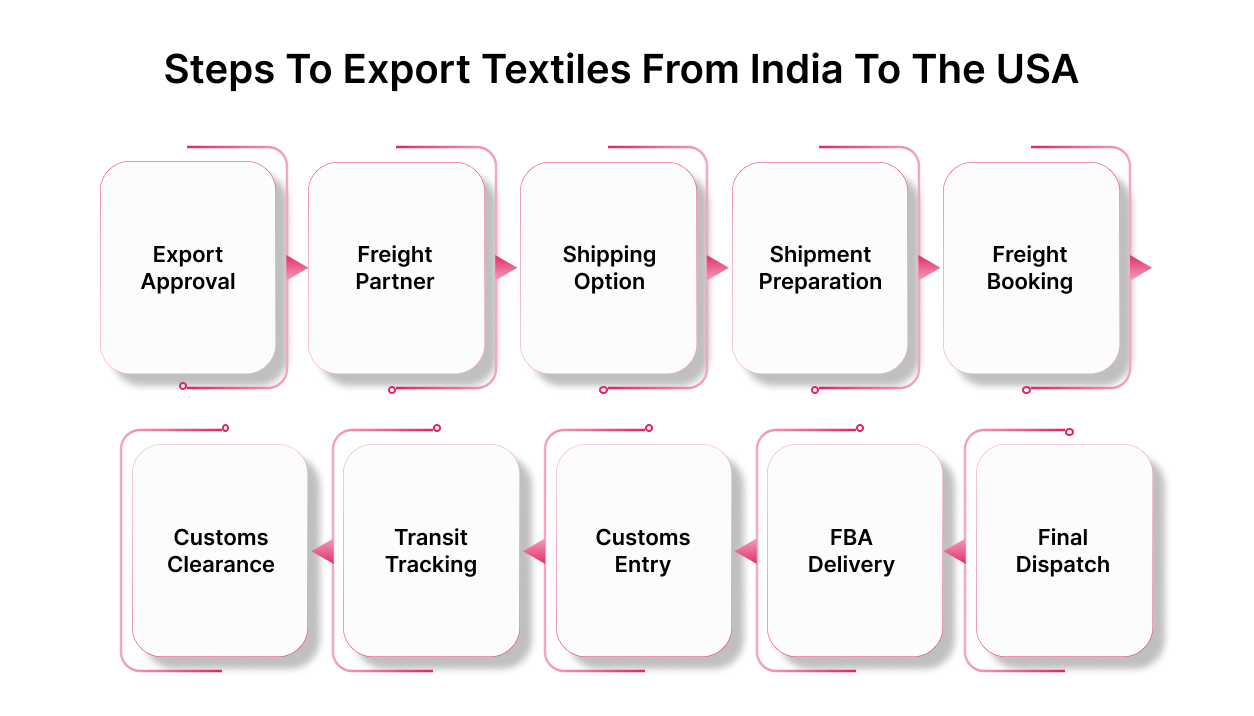
To successfully export textiles from India to the USA, it’s essential to follow a structured process. Here are the steps that will guide you through the necessary actions, ensuring smooth shipment and compliance with regulations:
1. Obtain an Export License
To start exporting textiles from India to the United States, your business must obtain an Export-Import Code (IEC) from the Directorate General of Foreign Trade (DGFT). You can apply for this license through the DGFT’s online portal.
This step is crucial as it ensures your company is registered with the Indian government for legal export activity. Once obtained, the IEC will allow you to export textiles legally, and it will be required during customs clearance in both India and the USA.
2. Select a Freight Forwarder
Partnering with a reliable freight forwarder is a critical step in the export process. Freight forwarders specialize in managing the logistics of international shipping, from booking shipping space to overseeing the entire supply chain process.
For businesses aiming to ship textiles from India to the USA, Intoglo stands out as a premier cross-border logistics provider. Specializing in Full Container Load (FCL) ocean freight, Intoglo offers end-to-end solutions. We encompass everything from origin pickup within 24 hours across India to final delivery in the USA.
3. Choose the Appropriate Shipping Method
When shipping textiles from India to the United States, you must select the appropriate shipping method based on the size of your shipment. The two main options are:
- Full Container Load (FCL): This is ideal for larger shipments where your goods occupy an entire shipping container. FCL provides more control over your cargo and is more cost-effective for large shipments.
- Less than Container Load (LCL): If your shipment is smaller and doesn’t fill an entire container, LCL allows you to share a container with goods from other exporters. This is a more economical option for smaller shipments but requires more coordination for timing and handling.
Discuss with your freight forwarder to decide which option suits your shipment based on volume, budget, and delivery time requirements.
4. Prepare Goods for Shipment
Before shipping, your textiles need to be packed and prepared according to international shipping standards. Proper packaging is essential to protect the products from damage during transit, especially for ocean shipping.
Use strong, durable packaging materials such as corrugated boxes, polybags, or shrink wraps to ensure that the textiles remain in good condition. Additionally, clear labeling is required for each package, detailing product information, destination address, and handling instructions.
Ensure the following:
- Fabrics are properly folded and packed to avoid creasing or damage.
- Products are packed according to U.S. import regulations.
- All products are clearly labeled with their description, quantity, and HS Code (Harmonized System Code).
5. Book Ocean Freight
Once your goods are packed and ready, you’ll need to book the ocean freight service with your freight forwarder. Your freight forwarder will select the best shipping route and the shipping line that offers the most reliable service based on your specific needs. Key considerations include the shipping line’s schedule, route, frequency of sailings, and any additional services they may offer (like real-time tracking).
When booking, you will also decide on the shipping terms, such as:
- Free On Board (FOB): The exporter is responsible for the goods until they are loaded onto the vessel at the port of departure.
- Cost, Insurance, and Freight (CIF): The exporter pays for the goods, insurance and freight costs until they arrive at the U.S. port.
6. Handle Export Customs Clearance
Customs clearance is required in India before your shipment can leave the country. Your freight forwarder will handle the submission of export documentation to Indian Customs. Common documents required include:
- Commercial Invoice
- Packing List
- Bill of Lading (BOL)
- Export Declaration
Ensure that all documents are accurate and complete to avoid delays. The customs broker will also check the classification of your goods (HS Code) to ensure that the textiles meet the necessary regulatory requirements.
7. Monitor Shipment During Transit
Once your textiles are en route, staying informed about their status is crucial. While many freight forwarders offer basic tracking services, Intoglo provides a comprehensive suite of tools to keep you updated throughout the shipping process.
Intoglo’s USA Export NavigatorKit includes resources such as a USA port map, smart route planner, monthly sailing schedules, and a holiday calendar, all designed to enhance your shipping experience. These tools help you plan your shipments more effectively, anticipate potential delays, and ensure timely delivery.
8. Clear U.S. Customs
Upon arrival at the U.S. port, the shipment will need to clear U.S. Customs. Your freight forwarder or customs broker will submit the required documentation to the U.S. Customs and Border Protection (CBP) agency. The documents required for customs clearance include the commercial invoice, packing list, and bill of lading. U.S. Customs will inspect the goods to ensure they meet U.S. regulations and that all duties and taxes are paid.
9. Arrange for Delivery to the Amazon FBA Warehouse
If you are shipping textiles to Amazon FBA warehouses, ensure that the shipment is coordinated to meet Amazon’s specific delivery requirements. This includes following their packaging guidelines, labeling products correctly, and ensuring that the correct quantities are delivered to the designated warehouse.
Intoglo offers specialized Amazon FBA shippingservices designed to simplify this process for Indian exporters. Our dedicated in-house Amazon experts ensure that your shipments comply with both Indian export and U.S. import regulations, mitigating the risk of customs delays and penalties. Intoglo’s team specializes in the intricacies of FBA shipments, ensuring your products meet Amazon’s specific requirements.
10. Final Delivery to Destination
After customs clearance and delivery to Amazon FBA or a destination warehouse in the USA, arrange for the final delivery to the consignee. Your freight forwarder can help facilitate last-mile delivery, ensuring that your textiles are delivered to the right address, whether it’s a retailer, warehouse, or customer location.
By following these detailed steps, you can efficiently export textiles from India to the USA via ocean shipping, ensuring that your products reach the U.S. market in a timely and cost-effective manner.
Also Read: What are the Duties and Responsibilities of a Freight Forwarder
Conclusion
Exporting textiles from India to the USA offers significant opportunities, but managing complexities such as international shipping, compliance, and documentation is crucial for a streamlined export process. From understanding the U.S. textile market and selecting a reliable freight forwarder to preparing essential documents and ensuring compliance with U.S. regulations, each step streamlines the process of indian textile export to the USA.
To streamline your export process, Intoglo offers a suite of services tailored for Indian exporters. With expertise in ocean freight, warehousing, and Amazon FBA shipments, Intoglo ensures a seamless experience from origin pickup to final delivery. In addition, we also offer the following benefits:
- Door-to-Door Logistics: Complete shipment management from India to the USA, including pickup, consolidation, customs clearance, warehousing, and last-mile delivery to over 41,000 U.S. zip codes.
- Transparent Pricing: Intoglo provides instant rate quotes with no hidden charges, allowing you to plan your logistics budget effectively.
- Warehousing in the USA: Access to 50+ U.S. warehouses for short-term and long-term storage, with transloading, sorting, and flexible fulfillment capabilities for D2C and B2B needs.
- Amazon FBA Shipments: Direct delivery to Amazon FBA warehouses, with in-house experts handling palletization, container stuffing, and full compliance with Amazon’s guidelines.
- Customs Clearance & Compliance: Pre-screening and expert clearance management by experienced customs brokers, AI-powered HS Code scanner for seamless compliance, and proactive entry processing to minimize delays.
- Real-Time Tracking: With Glotrack, Intoglo’s proprietary tracking platform, you can monitor your shipments in real-time, receiving proactive notifications and accessing all documentation in one place.
Ready to expand your business into the U.S. market? Contact Intoglo today to get started.
FAQs
1. Are there any government incentives for textile exporters?
Yes, the Indian government offers incentives such as the Merchandise Export from India Scheme (MEIS), which provides duty credits to exporters to boost competitiveness.
2. Are there any quality certifications required for exporting textiles to the USA?
Yes, certain quality certifications can enhance the credibility of your products in the U.S. market. Certifications like OEKO-TEX Standard 100, which ensures textiles are free from harmful substances, and Global Organic Textile Standard (GOTS), which certifies organic textiles, are recognized in the USA. Obtaining these certifications can help in meeting U.S. import regulations and attracting environmentally conscious buyers.
3. How can I find reliable buyers for my textile products in the USA?
To identify trustworthy buyers in the U.S., consider participating in international trade fairs and exhibitions, which provide opportunities to meet potential clients face-to-face. Online B2B platforms like Alibaba, IndiaMART, and Connect2India can also help connect with buyers. Additionally, registering with Export Promotion Councils such as the Apparel Export Promotion Council (AEPC) can provide access to buyer databases and trade leads.


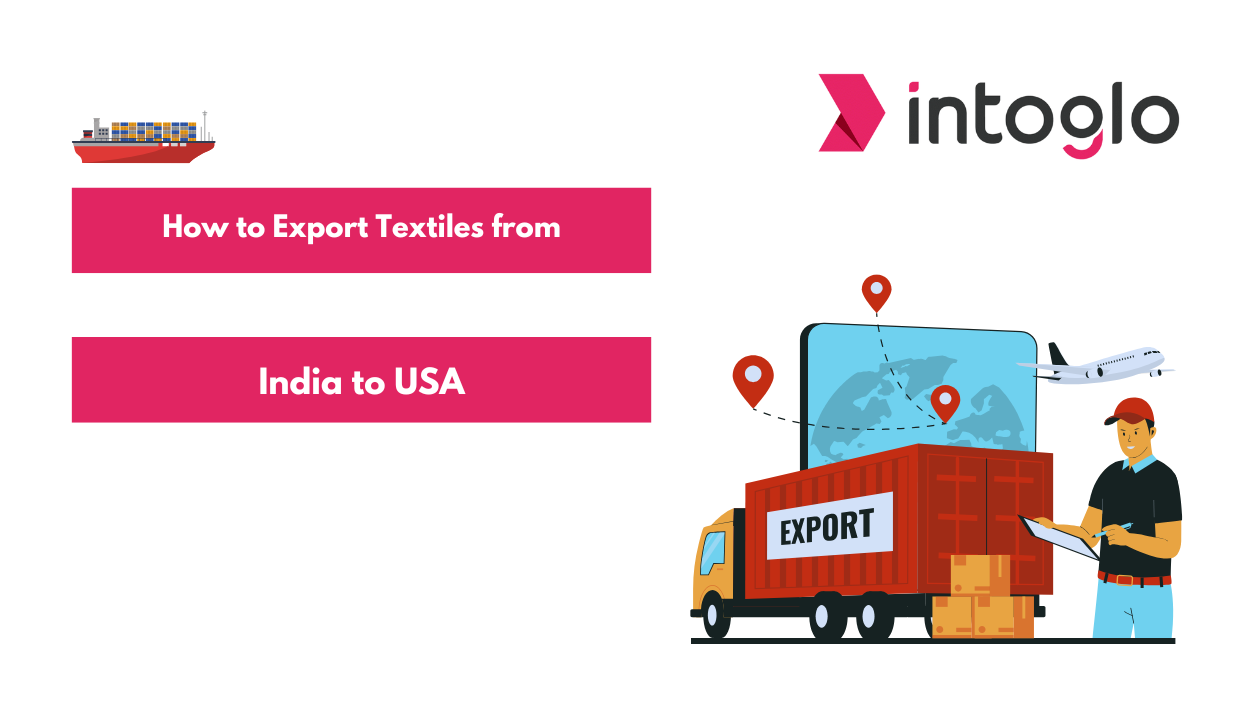
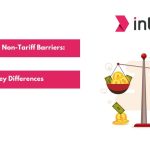
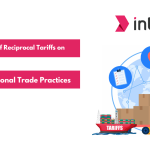
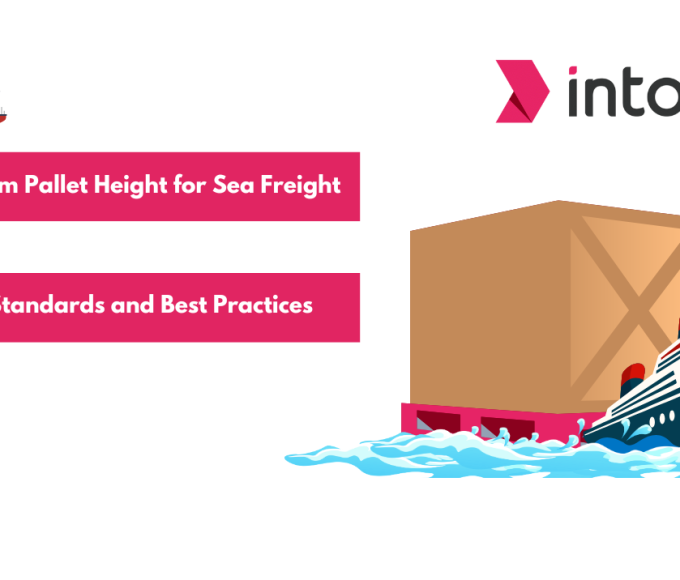
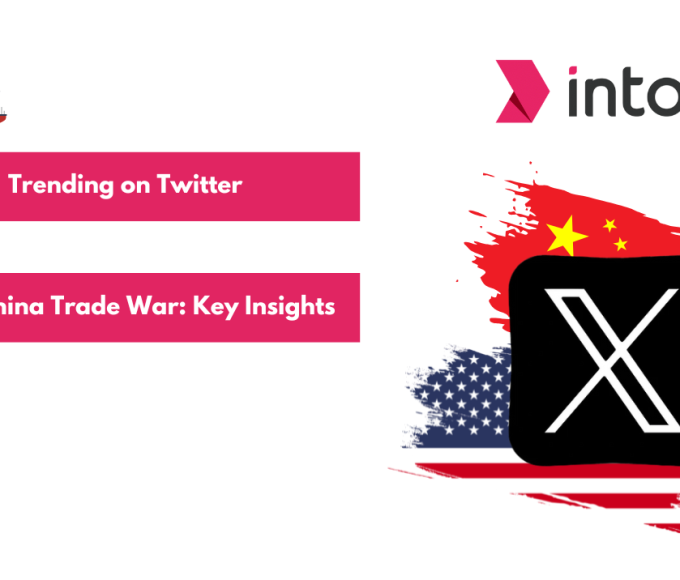
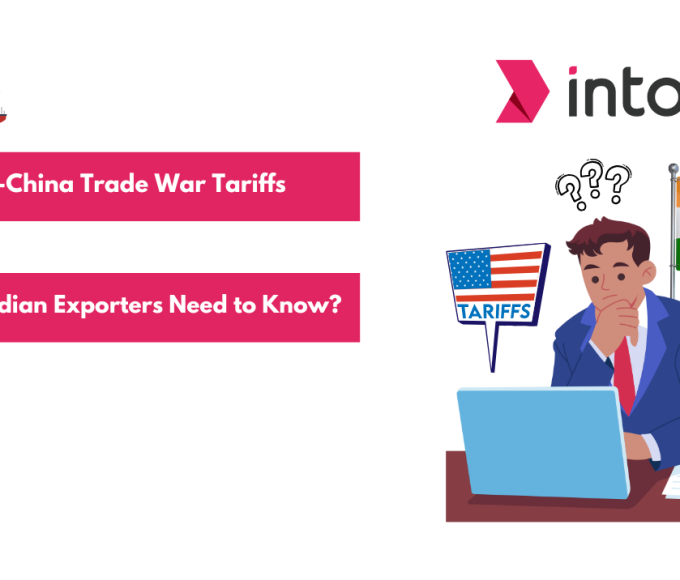
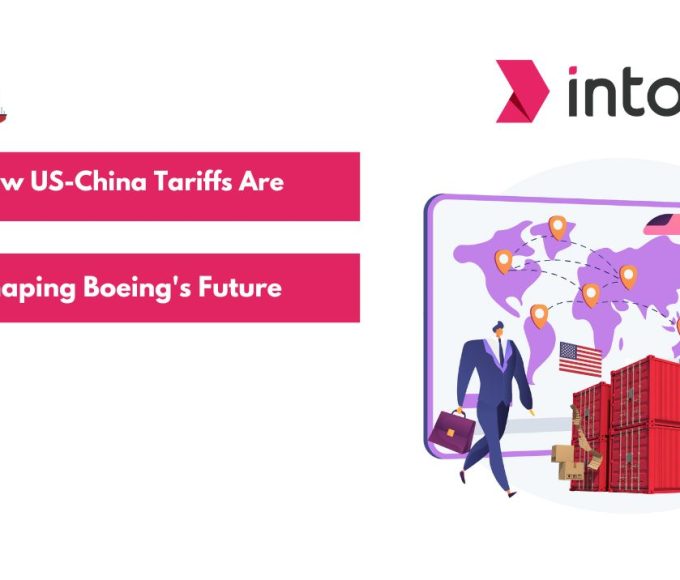
Leave a comment